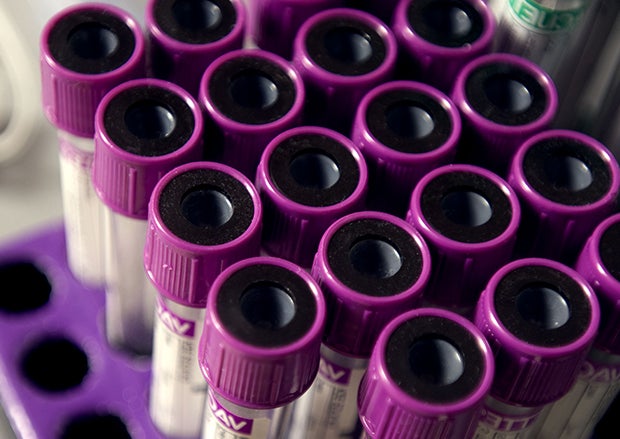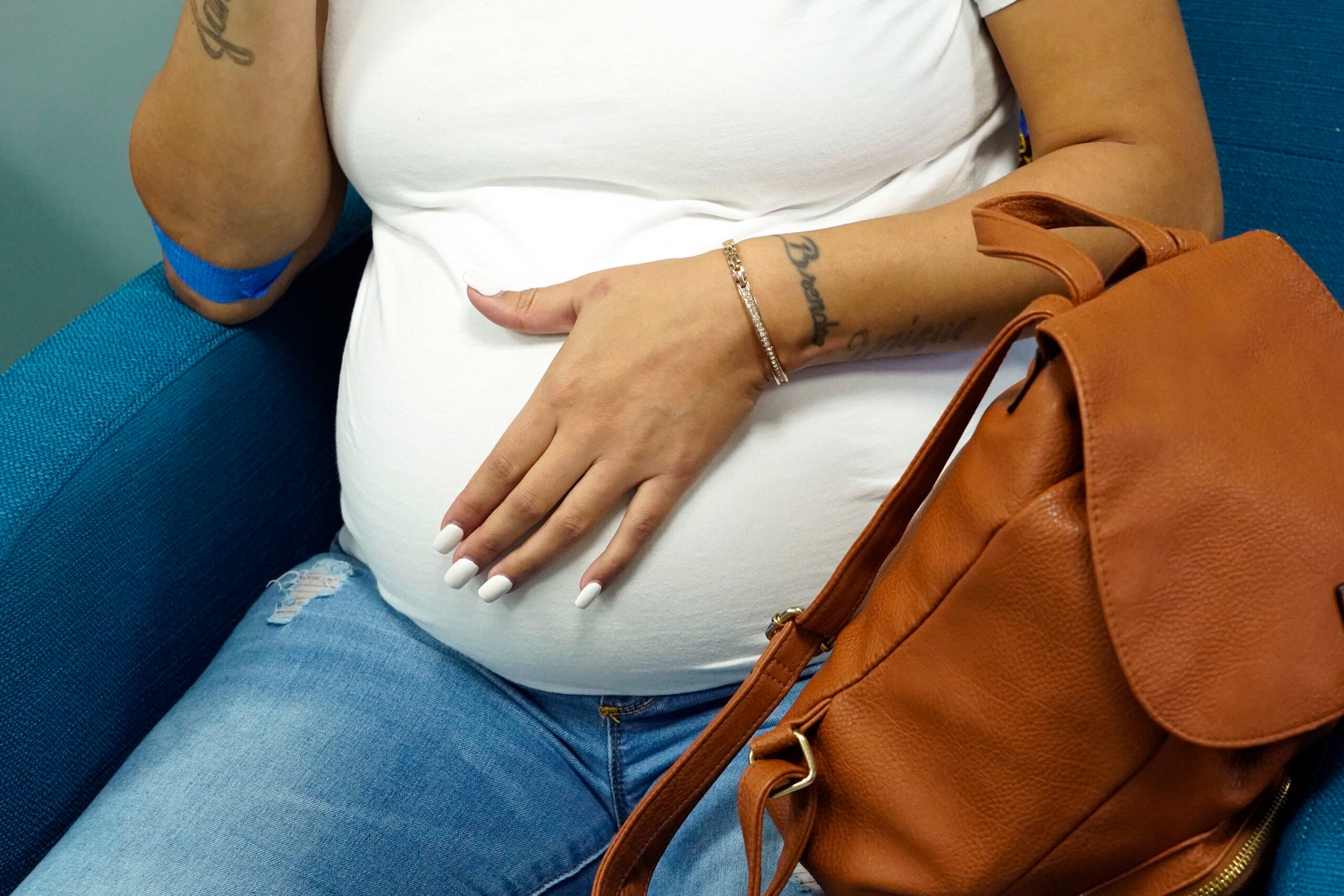State and local governments in the U.S. take the lead on organizing medical responses to disease outbreaks. Each state has its own system for reporting and containing infectious diseases. In fact, federal authorities generally can get involved only if state or local agencies invite them. The U.S. Centers for Disease Control and Prevention, headquartered in Atlanta, has a program called “Epi-X” that is implemented when local or state officials reach out — it’s basically a protocol for assisting an epidemiological investigation. State officials remain in charge of containing an outbreak after the CDC gets involved.
For Wisconsin’s Elizabethkingia outbreak identified over the winter of 2015-16, the Divison of Public Health in the state’s Department of Health Services is responsible for tracking infections and informing local officials, health care providers and the public about their status. The agency is also collaborating with the CDC on investigating the source of the outbreak.
State health authorities have worked with the CDC since it first identified the outbreak in late December 2015, said CDC spokesperson Melissa Brower. Initially, the CDC played a “consulting” role, advising state officials by phone and email. But in February 2016, the DHS asked for more active help, and the CDC sent staff epidemiologists and lab staff to aid the investigation.
Stay informed on the latest news
Sign up for WPR’s email newsletter.
“Basically, just however we can add manpower to the existing resources in the state, we do that,” Brower said. Since February, as many as eight CDC staff members have been on the ground in Wisconsin.
On April 8, Wisconsin Gov. Scott Walker announced the addition of nine project positions with the DHS that will assist with its public health work related to several diseases, including tracking the Elizabethkingia outbreak.
Health care providers form the front line in the effort to track the outbreak. A DHS list of diseases that doctors must report to officials doesn’t mention Elizabethkingia specifically, but it does include medical conditions that infection by this bacteria can cause, such as meningitis. The list is divided into three categories, and category one, the most urgent, includes a provision for “Any illness caused by an agent that is foreign, exotic or unusual to Wisconsin and that has public health implications.” In the case of Elizabethkingia, the bacteria is common in the environment but it rarely infects humans.
As the DHS learned of Elizabethkingia infections in Wisconsin, it notified infection prevention experts, microbiology laboratories and other medical professionals, and it distributed information and treatment advice to health care providers. The agency indicates that there is a higher potential for infection among patients with other health issues, including diabetes, alcohol dependence, alcohol-related cirrhosis of the liver, and compromised immune systems due to other underlying medical conditions or treatment.
Dr. Nasia Safdar, an infectious disease specialist with University of Wisconsin Hospital and Clinics, told the Associated Press that more cases of Elizabethkingia infection are likely to be reported because medical and lab staff are now watching for them.
Clinicians are testing patients they suspect of being infected with Elizabethkingia by collecting samples from sterile tissue sources and attempting to isolate the bacteria. If Elizabethkingia is identified, health care facilities are to immediate report their findings to the DPH. Since Elizabethkingia meningosepticum was previously known as Chryseobacerium meningosepticum and Flavobacterium meningosepticum, and not all testing software is updated with the bacteria’s current name, DPH is also seeking reports on any samples identified by those names as well.
The Wisconsin State Laboratory of Hygiene is testing bacterial isolates identified by clinical microbiology labs as Elizabethkingia meningoseptica, using pulsed field gel electrophoresis to identify genetic similarities or differences between them. The state lab has found that the “vast majority” of isolates sourced from patients’ blood and other sterile fluids are “indistinguishable.” After this round of testing, the state lab sends the isolates to the CDC for confirmation. The CDC lab uses optical gene mapping in its testing, and has the only laboratory in the nation capable of differentiating Elizabethkingia anophelis from Elizabethkingia meningoseptica. With this tool, the CDC has confirmed that strain identified in Wisconsin is Elizabethkingia anophelis.
All of the Elizabethkingia anophelis isolates identified in Wisconsin share a genetic “fingerprint,” suggesting the infections may have a common origin.
“The fact that they all have one fingerprint makes us think that it could be one isolated source,” said Dr. Michael Bell, the deputy director for the Division of Healthcare Quality Promotion at the CDC, in a March 11 interview with Wisconsin Public Television’s “Here And Now.”
Investigators have not yet identified a source of these infections, but they do know Elizabethkingia typically spreads in hospitals and other health care facilities, as Safdar told the AP.
In an informational Q&A with UW Health, Safdar suggested there may be two sources for these Elizabethkingia infections. One is a “point source outbreak,” meaning the bacteria were introduced from a specific source in the environments of the infected patients. The other is simply that more cases are being identified due to the growing number of immunocompromised people. However, she said this latter hypothesis does not conform with the timing of infections seen in Wisconsin.
To track the outbreak and identify a source, state officials and the CDC are working together to visit locations where Elizabethkingia infections have been confirmed. Health investigators are gathering and testing samples from private residences, health care facilities, medical and personal products, water sources, and elsewhere in patients’ environmental surroundings. This work also includes interviewing infected patients and their family members to learn about potential sources of exposure, acquiring and testing throat and nose swabs from household contacts of infected patients as well as from other persons receiving care in health care facilities where infections have been confirmed, reviewing medical records, and conducting social network analyses to assess potential connections in the outbreak.
When working with patients who may be infected by Elizabethkingia, the state’s DPH is advising health care providers to adopt “contact precautions“: wear gowns and gloves, sterilize reusable items, and immediately discard disposable items. The DPH recommends that providers use these precautions for the entire time they care for a patient, and that they pass along information about the infection to other providers should the patient be transferred to another location. For patients in long-term care and assisted living facilities, the DPH recommends treating residents per its Guidelines for the Prevention and Control of Antibiotic-Resistant Organisms in Healthcare Settings.
Elizabethkingia bacteria can resist most antibiotics, but state health officials’ tests have found that several antibiotics, including fluoroquinolones, rifampin and trimethoprim/sulfamethoxazole, can work against the strain infecting people in Wisconsin. The CDC tested nine isolates of Elizabethkingia from Wisconsin, of which five were strains identified in the outbreak, and found susceptibility to the same antibiotics along with minocycline. DHS said treatment should be guided by testing, and noted “medical literature suggests combination treatment with these agents may be more effective than monotherapy.”
Editor’s note: This report has been updated with new information about the state of Wisconsin’s response to the outbreak announced on April 8.
This report was produced in a partnership between Wisconsin Public Radio, PBS Wisconsin and the University of Wisconsin Cooperative Extension. @ Copyright 2024, Board of Regents of the University of Wisconsin System and Wisconsin Educational Communications Board.





